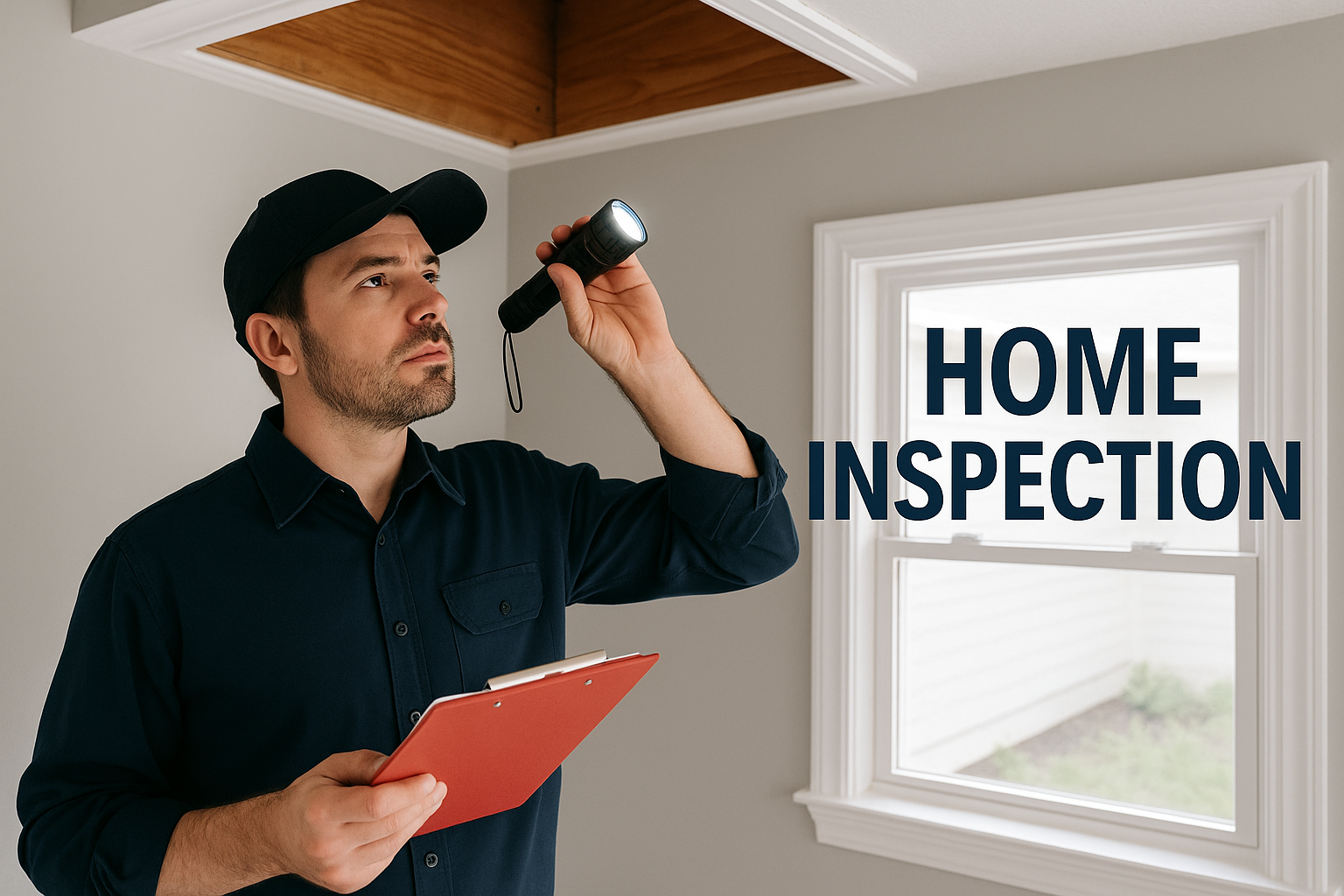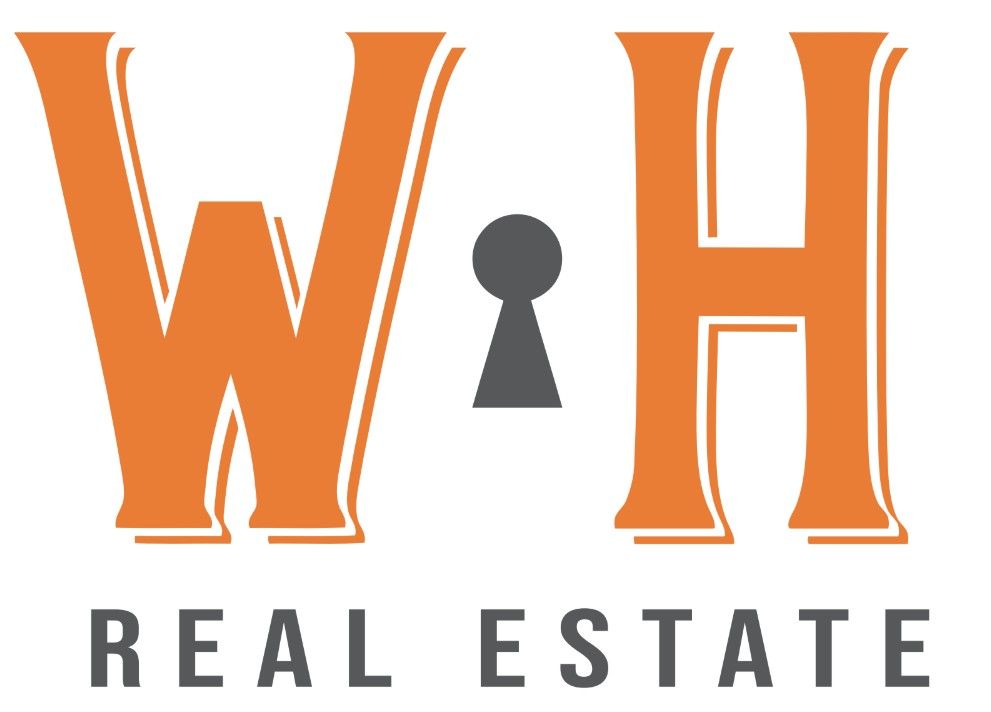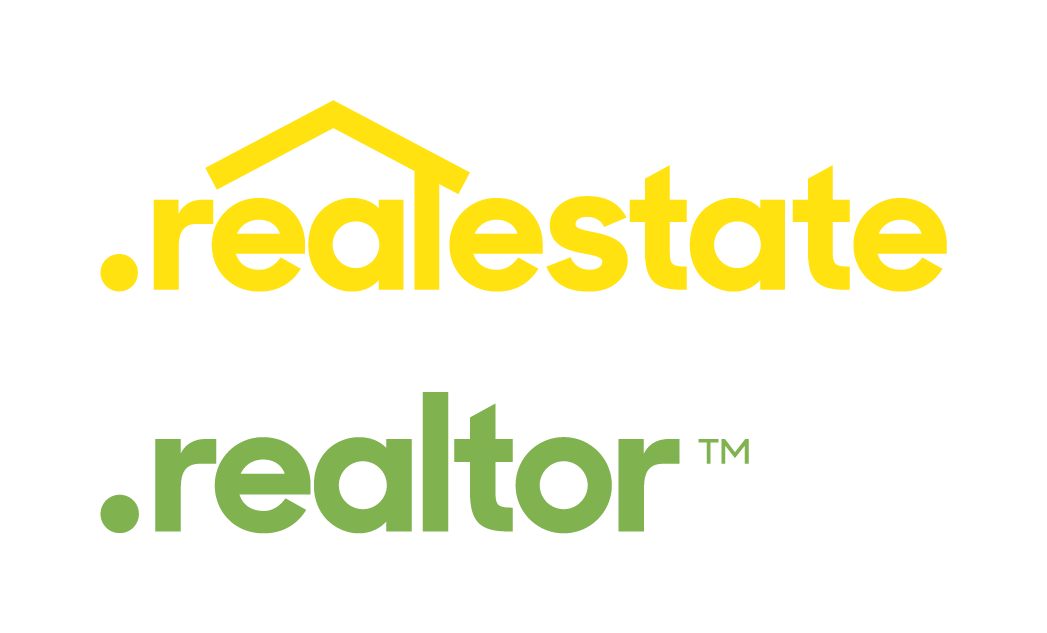First-Time Homebuyer Roadmap
From “Can I do this” to keys in handost
Buying your first home is exciting, but it can feel like a maze with hidden doors. I wrote this to walk you through each step at a calm, easy pace, including the things most first-timers never think to ask. Save this, share it, and refer back to it as you move from dreaming to done.
1) Get clear on readiness
Time horizon: Are you planning to live in the home at least 3 to 5 years. Shorter than that and closing costs can eat your gains.
Employment stability: Underwriters like steady income. Big job changes before closing can slow or stop a loan.
Cash cushion: Beyond down payment and closing costs, plan for an emergency fund of 3 to 6 months of expenses.
What most people miss: Lenders sometimes require “reserves,” which is money left over after closing. Ask your lender early if your loan type or profile requires 1 to 2 months of reserves.
2) Build the right budget
Your monthly payment is more than principal and interest. Use PITI+:
- Principal and Interest
- Taxes
- Insurance
- HOA/condo dues if applicable
- + Utilities, internet, lawn or snow, small repairs, commute
Rule of thumb: Keep total housing near 28 percent of gross monthly income, and total debt payments near 36 to 45 percent depending on the loan program.
What most people miss: Property taxes can change after you buy, especially if the home was owner-occupied with exemptions or recently remodeled. Ask your agent and lender to model payment at today’s tax rate and at a potential reassessment.
3) Strengthen credit and debt-to-income
- Pull your credit and fix errors.
- Pay down revolving balances to below 30 percent of the limit.
- Avoid opening new accounts before closing.
- Student loans count. Lenders use an actual payment or a percentage of the balance, depending on program.
Rate shopping tip: Multiple mortgage inquiries within a short window are treated as one. Do your pre-approval quotes within a tight 2 to 4 week period.
4) Get pre-approved, not just pre-qualified
Pre-qualification is a quick estimate. Pre-approval verifies income, assets, and credit with documents. Sellers take pre-approvals seriously.
Documents you will likely need:
- Last 30 days of pay stubs
- Last 2 years W-2s or 1099s and tax returns if self-employed
- Last 1 to 2 months of bank statements
- Photo ID and proof of funds for down payment
Gift funds: Allowed on many programs. The donor may need to provide a letter and show evidence of the transfer. Ask for the exact rules before moving money.
5) Choose the right loan type
- Conventional: Often best long term if you have solid credit. PMI can be removed when you reach 20 percent equity.
- FHA: Lower credit score flexibility and 3.5 percent down. Mortgage insurance lasts longer, but it can open the door to ownership.
- VA: For eligible service members and veterans. Often no down payment and no PMI.
- USDA: For eligible rural areas and income limits. Often no down payment.
Points and credits: You can buy points to lower your rate or take lender credits to reduce upfront costs. Ask for side-by-side scenarios that compare 3, 5, and 7 year break-even points.
6) Down payment and assistance
Down payment options range from 0 percent to 20 percent plus. You also have closing costs that commonly total 2 to 4 percent of the price.
What most people miss: Many markets offer down payment or closing cost assistance, sometimes paired with income or purchase price limits. These programs change. Have your lender check current options and eligibility during pre-approval.
7) Build your team
- Buyer’s agent: Your advocate on pricing, inspections, and contract terms. In many cases the seller pays the buyer agent’s brokerage fee, but make sure you understand the agreement you sign.
- Lender: Get a responsive loan officer who explains timelines and rate locks.
- Inspector: Choose an inspector who provides photos and clear action items.
- Title/escrow and insurance: They protect ownership and your home.
Wire safety: Title companies will send wire instructions securely. Always verify by phone using a known number before sending any funds.
8) Search with strategy
Make a short list:
- Must-haves, nice-to-haves, deal breakers
- Commute and daily logistics
- Noise sources like train lines or flight paths
- School boundaries if that matters to you
- Internet providers and speeds
What most people miss: Visit the neighborhood at different times. Weeknight, weekend morning, and late evening. You will learn a lot about parking, traffic, and sound.
9) Writing a strong offer
Price matters, but terms can win.
- Earnest money: Shows commitment and is usually credited at closing.
- Closing date: Align with the seller’s needs if possible.
- Contingencies: Financing, appraisal, and inspections protect you.
- Seller concessions: Ask for credits that reduce your cash to close.
- Appraisal gap coverage: If you include it, set a dollar cap you can truly afford.
- Escalation clause: If used, cap it and keep your inspection protections.
What most people miss: Your offer can include items like a home warranty, personal property, or a rent-back period if the seller needs time to move. Small flexibilities can beat a slightly higher price.
10) Inspections: look beyond obvious
A general inspection is step one. Depending on the home, consider:
- Radon test
- Termite and other wood destroying insects
- Sewer scope, especially on older homes
- Chimney and fireplace
- Roof evaluation by a roofing company
- Mold or moisture check in basements and attics
- Lead-based paint disclosures for pre-1978 homes
- Well and septic for rural properties
Repair requests: Focus on safety, structure, and major systems. Cosmetic items rarely move the needle. A credit at closing can be smarter than a rushed repair.
11) Appraisal: what happens if it comes in low
If the appraisal is low, you have options:
- Renegotiate price
- Split the difference
- Bring additional cash within your limit
- Cancel under your appraisal contingency
What most people miss: Provide the appraiser with your most relevant comps through your agent. Facts help.
12) Title, survey, and the fine print
- Title commitment: Read the exceptions. Easements, utility lines, or restrictive covenants can limit what you can do with the property.
- Owner’s title insurance: Protects you from past defects that were missed.
- Survey: Understand the type. A mortgage “inspection” is not a full boundary survey. Ask about fences, sheds, and encroachments.
- HOA/condo docs: Review budgets, reserves, rules, pet limits, rental caps, and any planned special assessments.
What most people miss: Ask whether there are special taxes or assessment districts that add to the bill beyond standard property taxes.
13) Underwriting and the big “do nots”
Underwriters validate everything again.
Do not during the loan process:
- Change jobs or employment type without asking your lender
- Make large cash deposits that you cannot source
- Finance furniture or a car
- Miss any payments
- Co-sign for anyone
What most people miss: Rate locks expire. Know your lock end date and the cost to extend.
14) Closing preparation
- Homeowner’s insurance binder: In place before closing
- Final loan approval conditions: Satisfy quickly
- Closing Disclosure: You get this at least 3 business days before closing. Compare it to your Loan Estimate and ask questions.
- Final walk-through: Verify agreed repairs, appliances, hot water, HVAC, and the property condition. Bring your inspection list.
Wire again: Call to confirm the wiring instructions using a verified phone number. Wire fraud is real.
15) Closing day
Bring photo ID and follow the settlement statement. Funds must be wired or certified per your title company’s rules. Once the deed records, you get the keys and possession per the contract.
What most people miss: Possession does not always mean immediate move-in. Verify whether possession is at closing or after funding or after a rent-back period.
16) After you move in
- Set up utilities and smart thermostats
- File for any homestead exemption if your area offers one
- Track your PMI removal date if you used it
- Create a maintenance plan and budget. A simple rule is 1 percent of the home price per year on average.
- Change locks and update smoke and carbon monoxide detectors
- Keep a digital folder of manuals, warranties, and paint colors
17) Special situations
Condos and HOAs: Study the budget and reserve study. Low reserves can mean future special assessments. Ask about litigation and the owner-occupancy ratio if you plan to use certain loans.
New construction: Always get independent inspections at major stages. Confirm what is included versus “model home” upgrades. Complete a punch list before final payment.
House hacking: FHA allows 2 to 4 unit properties with owner occupancy. Rents can sometimes help qualify. Learn the local rules on short-term rentals if that is part of your plan.
Rural properties: Verify road maintenance, well yields, septic permits, and any agricultural easements.
18) Common myths to skip
- “You must put 20 percent down.” Not required on many loans.
- “Always waive inspections to win.” You can stay competitive with better terms and focused repair requests.
- “The lender’s title policy covers me.” It covers the lender. Get an owner’s policy.
- “I can move money around freely.” Every dollar will be sourced. Ask before you transfer.
19) A simple timeline
- Readiness check and budgeting: 1 to 2 weeks
- Full pre-approval and lender shopping: 1 week
- Touring homes and writing offers: 2 to 6 weeks on average
- Under contract to close: 30 to 45 days is common
- Keys in hand and post-move tasks: first 2 to 4 weeks
Your timeline can be faster or slower based on inventory, financing, and your schedule.
20) Quick glossary
- DTI: Debt to income ratio
- PITI: Principal, interest, taxes, insurance
- PMI/MIP: Mortgage insurance on conventional or FHA loans
- Appraisal gap: Promise to cover a shortfall between price and appraised value, up to a cap
- Escrow: A third party that holds funds and handles closing
- CD: Closing Disclosure, the final numbers
- Contingency: A condition that must be met for the contract to proceed
Free checklist to copy
- Get pre-approved with docs uploaded
- Know your max monthly payment and cash to close
- Clarify must-haves, nice-to-haves, deal breakers
- Tour at different times of day
- Write the offer with price and terms you are happy to live with
- Order inspections and follow up with targeted requests
- Track appraisal, loan conditions, and the rate lock date
- Read title commitment and HOA docs
- Confirm closing funds and wire instructions by phone
- Do a careful final walk-through
- Change locks and set reminders for PMI removal and tax exemptions
If you want a personalized plan, I can map out your budget, loan options, and a target list of homes that fit your life. I work with first-time buyers every week, and I love making this feel simple. Reach out and let’s get you from “can I do this” to keys in hand.
Sell with Selle





